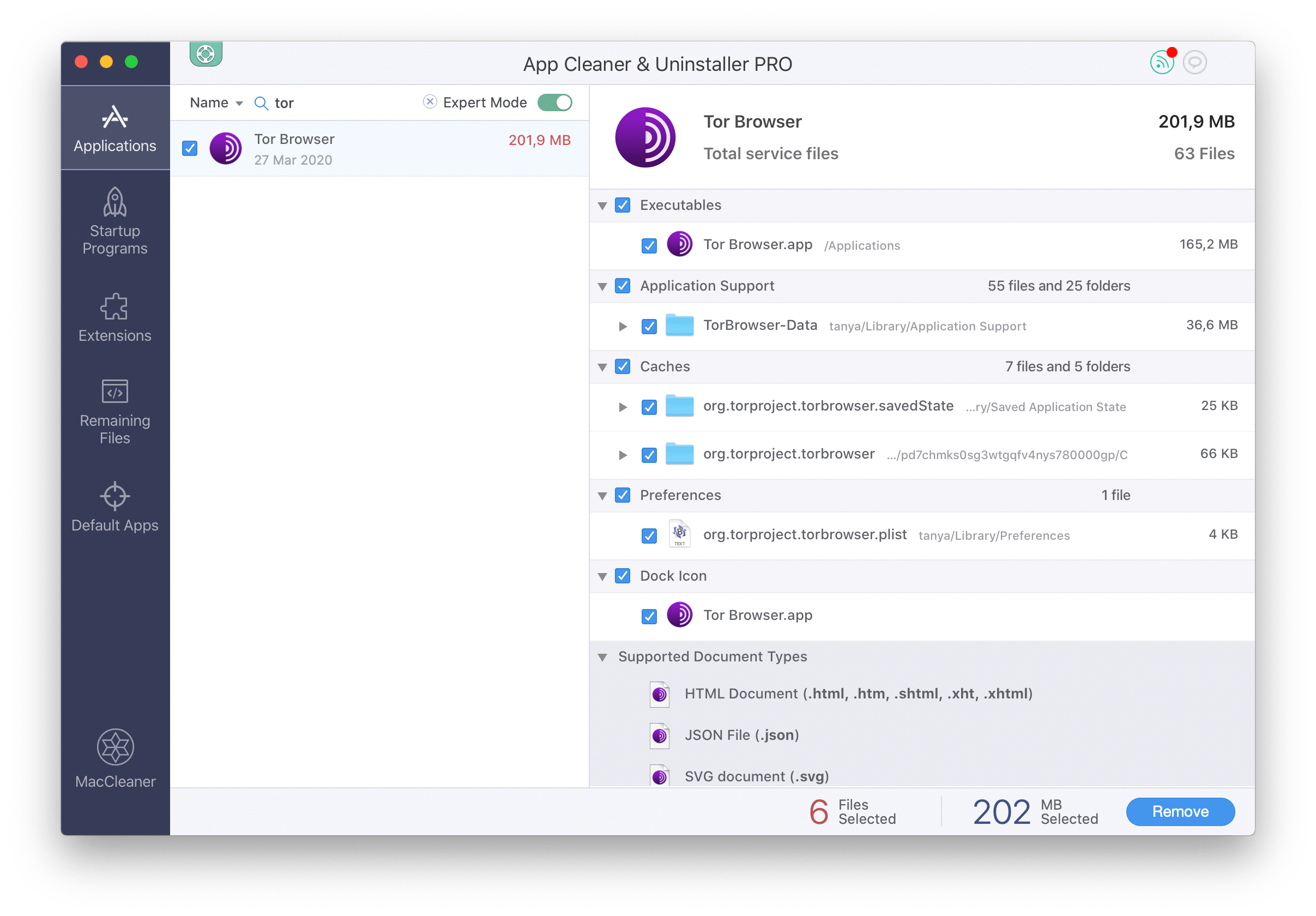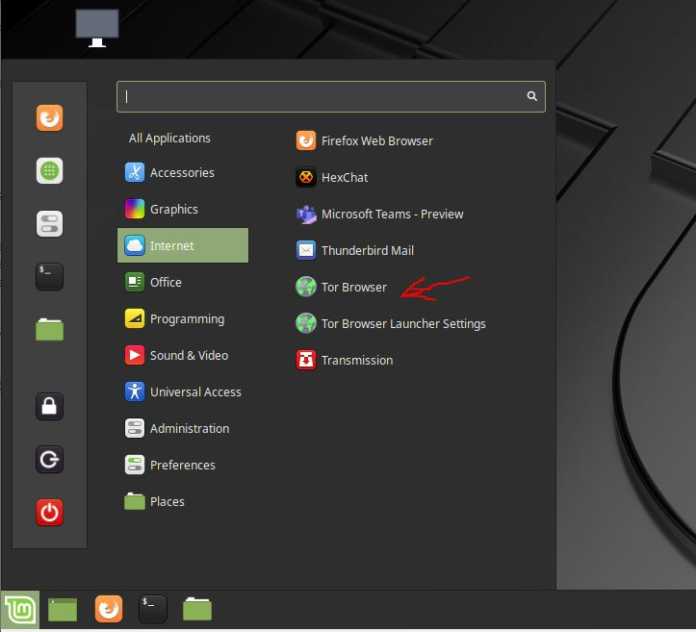

This is important because it means that setting permissions on a file or folder does not guarantee the security of that file or folder. This means you can take ownership of files that don’t belong to your current user account and still access them.


The only other occasion where you will need to mess around with folder or file permissions is when you get a Permission Denied error when trying to access data. If you are looking to set permissions in order to share files with others, check out my post on creating a hidden network share or how to share files across computers, tablets and phones. You can even hide an entire drive in Windows if you like. Thanks to Matjaz Znidar (Microsoft PFE) for the great idea.Of course, there are other alternatives like hiding files and folders using file attributes or by using the command prompt to hide data. I hope this gives you a great option to copy files from Windows to Linux using PowerShell Remoting. You can then simply use the Copy-Item cmdlet to copy the file to the specific session:Ĭopy-Item. You can find more here: Setup PowerShell SSH Remoting in PowerShell 6Īfter that you can create a new PowerShell session: PowerShell Core enables a new feature, PowerShell Remoting Over SSH, SSH remoting lets you do basic PowerShell session remoting between Windows and Linux machines.Īs you already know from Windows PowerShell Remoting, we can use a PowerShell remoting session to copy files to a remote system, using the Copy-Item cmdlet with the -ToSession parameter.įirst, you need to make sure that you have installed and configured PowerShell and SSH Remoting. In this blog post, I am quickly going to show you, how you can use PowerShell Remoting to copy files from Windows to Linux systems. This new cross-platform approach allows users to take advantage of some pretty cool features. With the release PowerShell Core 6, the PowerShell Team brought PowerShell to other platforms like Linux and macOS.


 0 kommentar(er)
0 kommentar(er)
